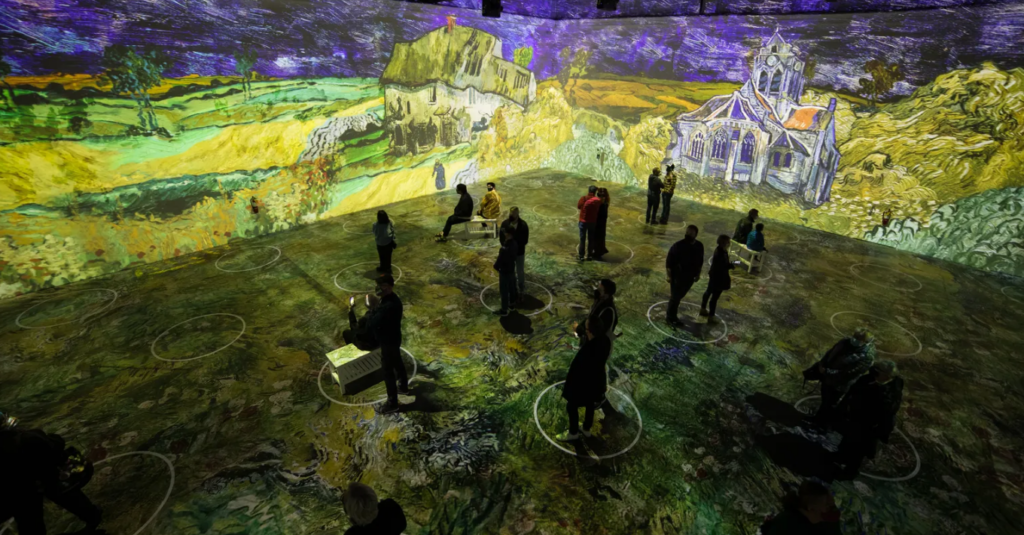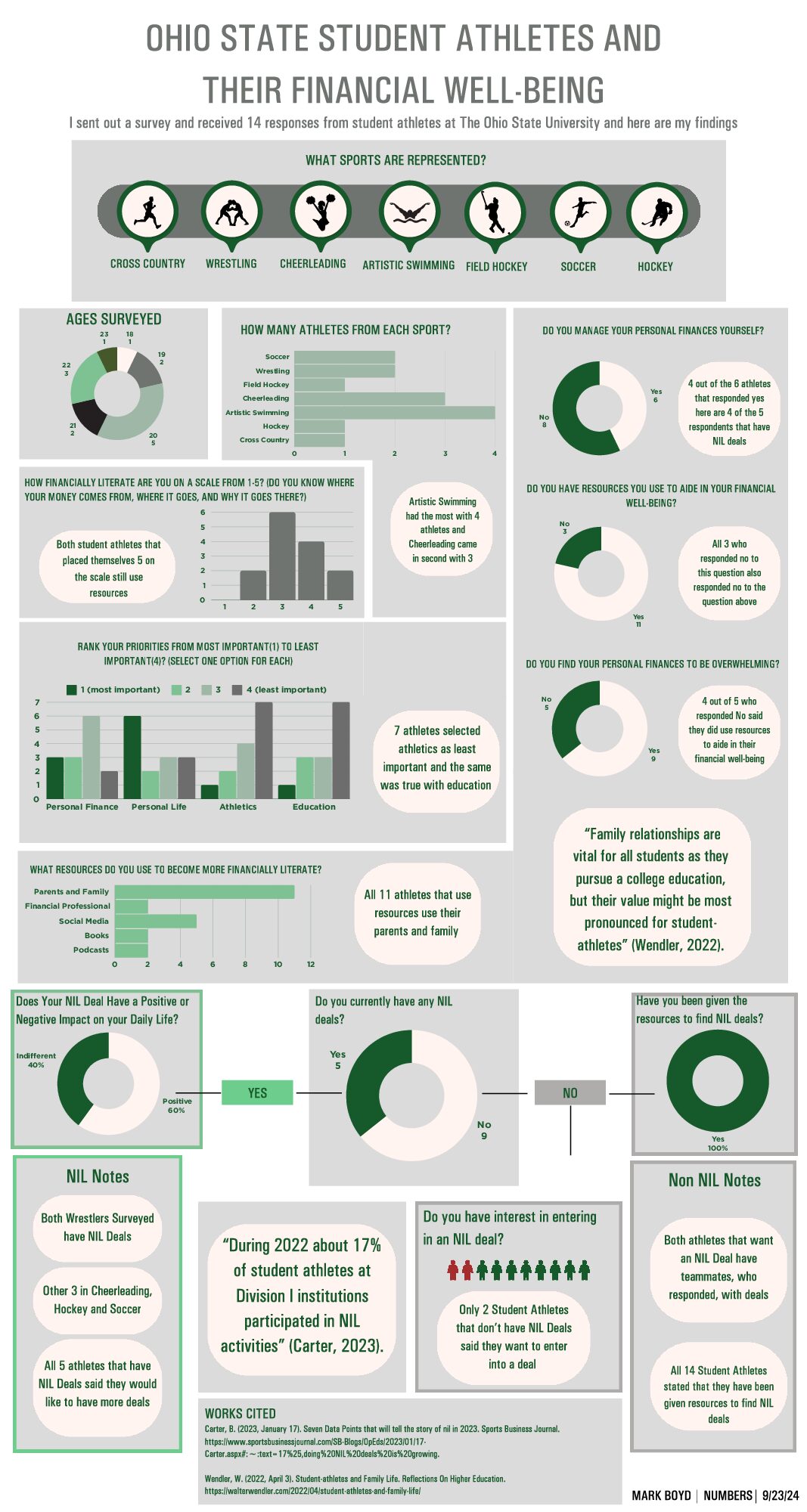Operated by artist studios, collectives, and production companies, [technology-driven “immersive”] projects range in finesse from sophisticated new-media installations to animated retrospectives of Impressionist painters.
In 2020, the Serpentine Galleries, in London, released a report titled “Future Art Ecosystems.” It surveyed emerging practices among artists who work with “advanced technologies”: everything from gene-editing to blockchains. The report identified the trend of tech companies acting as art patrons, and advanced the idea of the “art stack”—a vertically integrated, artist-led system of production that operates at “unprecedented scale,” bypassing the art establishment through centralization.
A number of organizations and artists already operate in this mode, more or less. The works themselves are difficult to sell to collectors or institutions, but [artistic organizations] make money by selling tickets to visitors, with proceeds split between the gallery and the artists.

In many ways, the entrepreneurial bent of the art-stack model dovetails with long-running trends in the art world. Art works are seen as financial assets, and flashy, “starchitect”-designed museum buildings, with airy, open gallery spaces, demand work of a certain size and scale. There is also the long-standing popularity of experiential, environmental art.
The new immersive art also reflects the rise of consumer digital technologies, and the behaviors and expectations that they cultivate. In “Contemporary Art and the Digitization of Everyday Life,” published in 2020, Janet Kraynak, an art historian and professor at Columbia University, argues that the museum, “rather than being replaced by the internet, increasingly is being reconfigured after it.”
We live, supposedly, in the age of “experiences”; the term evokes the tired trope that millennials—the most indebted generation in history—value travel and ephemeral encounters over material goods. In a 2018 Times article titled “The Existential Void of the Pop-Up ‘Experience,’ ” the cultural critic Amanda Hess toured a range of temporary, ticketed experiences in New York City—the Rosé Mansion, Candytopia, the Color Factory, the Museum of Ice Cream’s Pint Shop—and concluded that the real experience on offer was posting to social media. Twenty years earlier, in an article for the Harvard Business Review titled “Welcome to the Experience Economy,” the business scholars B. Joseph Pine II and James H. Gilmore proposed that commercial services aim to engage people “on an emotional, physical, intellectual, or even spiritual level.”
Immersive art experiences are rarely very educational in themselves, but they might tempt people into education-oriented institutions. “School groups love coming into our experiences,” “They can run about, they can get enveloped with the color and the audio. They’re not necessarily learning anything, but we’re just introducing them in a different way, in some way. Hopefully, they’ll get something from it that would engage them further.”

Are art stacks, commercial or prestige, primarily an economic idea—a business structure in search of practitioners? The principle features of the model—scalability, financialization, vertical integration—are financial. It seems inevitable that these values will infuse the work, in the same way that N.F.T. art, born of a technological possibility, has its own visual culture, one that appears to emphasize algorithmic generation and proficiency in graphic-design and rendering software. The work looks commercial, because it is fundamentally about commerce.
Reflexive Analysis
Immersion is the hot new thing! Companies everywhere are leaning into the virtual and augmented reality technology that is quickly washing over the world. The art world is no exception, but when this expansion into new technology leaks into corporate involvement, the whole system begins to buckle under the pressure. Consistently, soulless recreations of the master’s classic works are popping up around the world, advertising to the faux-socialite millennial crowd desperate for attention. The thing is, this audience doesn’t exist – it’s always been a stereotype – and the consumer can tell when it’s commercial. The people we design for and commission art to are not stupid, they are just as (if not better) perceivers of the artistic world as oneself. Yet these exhibits and experiences similar keep popping up. Why?
Perhaps the answer is in the disconnection of it all, the higher ups not understanding what draws people to art or what people appreciate about the masters. Recent years have seen the world shift to a more visual way of thinking, and of course we overdid it, so now we are bombarded by an overstimulating tsunami of graphics, masterpieces, advertisements, and more. So how can we understand this phenomenon and implement the findings into the system of the HYVE-3D? As an immersive piece of tech, what can we do to wear our heart on our sleeve, show the consumer our intentions, and offer them an immersive experience that doesn’t exhaust them?
Weiner, Anna. "The Rise of 'Immersive' Art." The New Yorker, Condé Nast, Feb. 2022, www.newyorker.com/news/letter-from-silicon-valley/the-rise-and-rise-of-immersive-art. Accessed 21 Sept. 2022.




